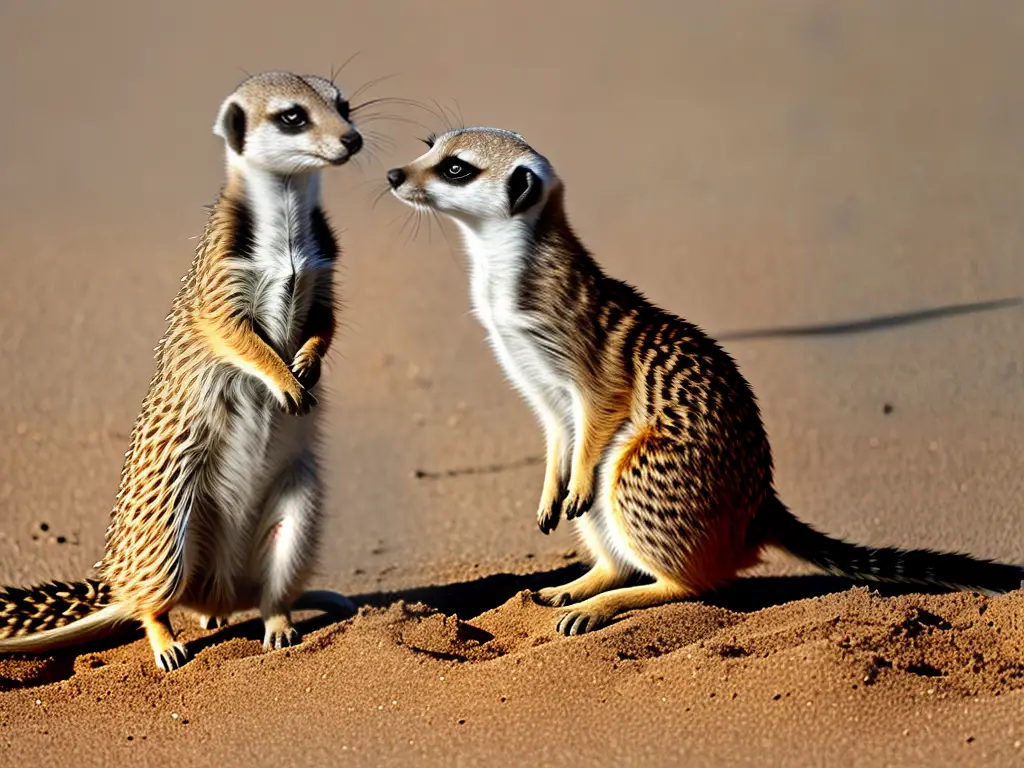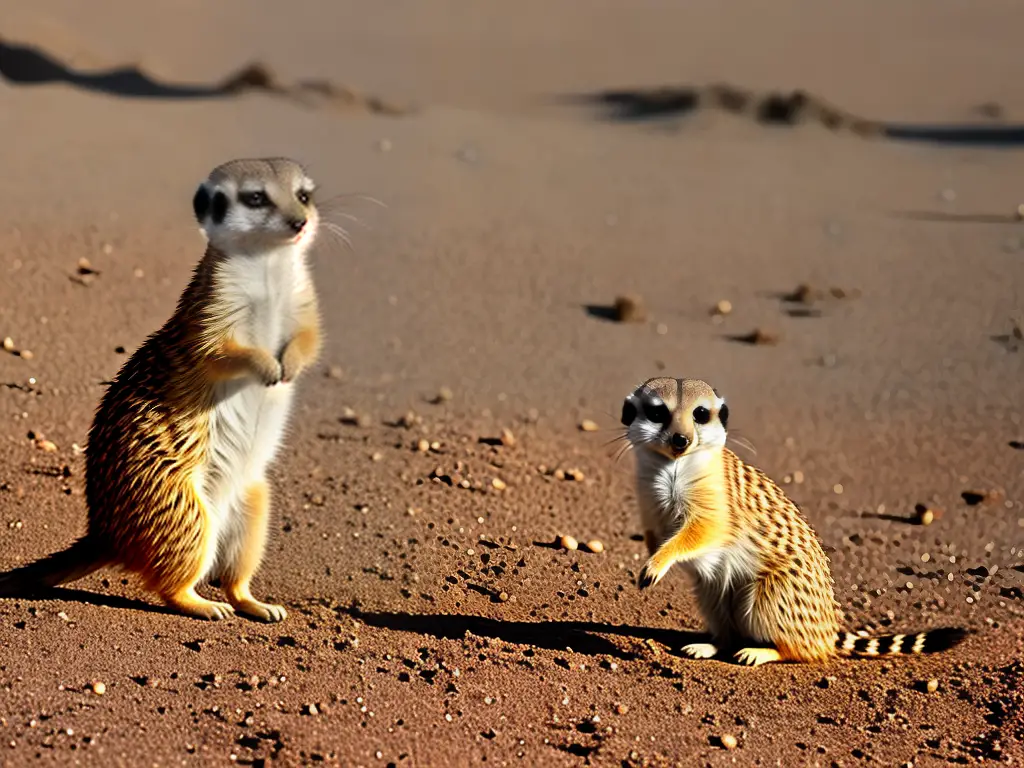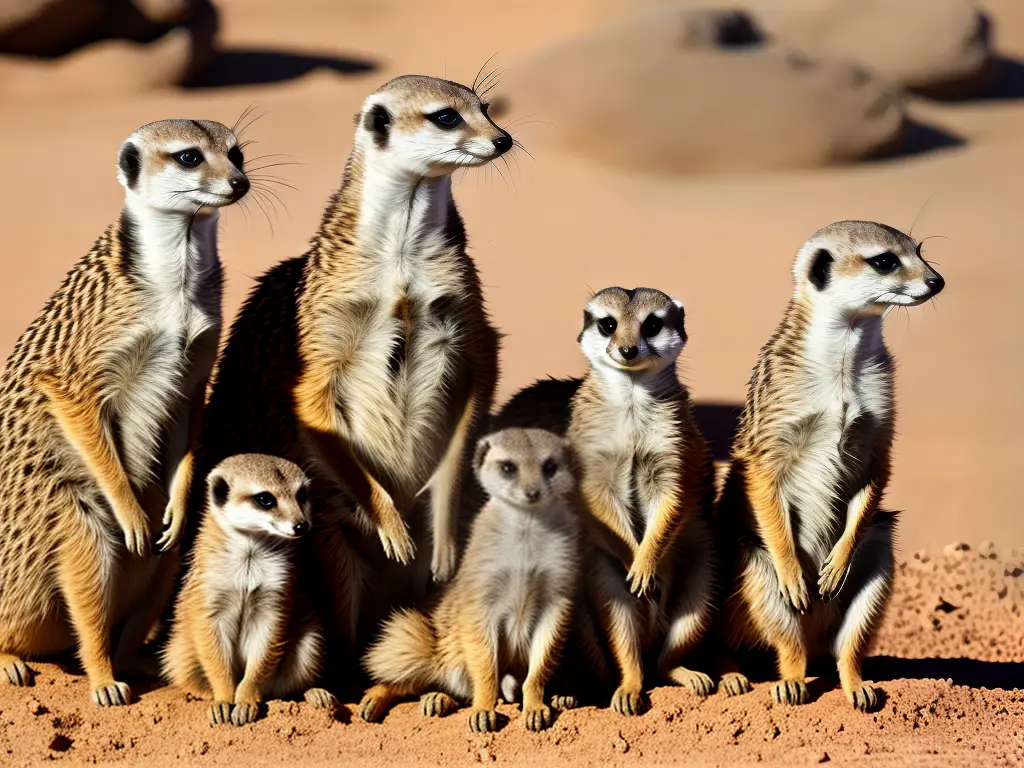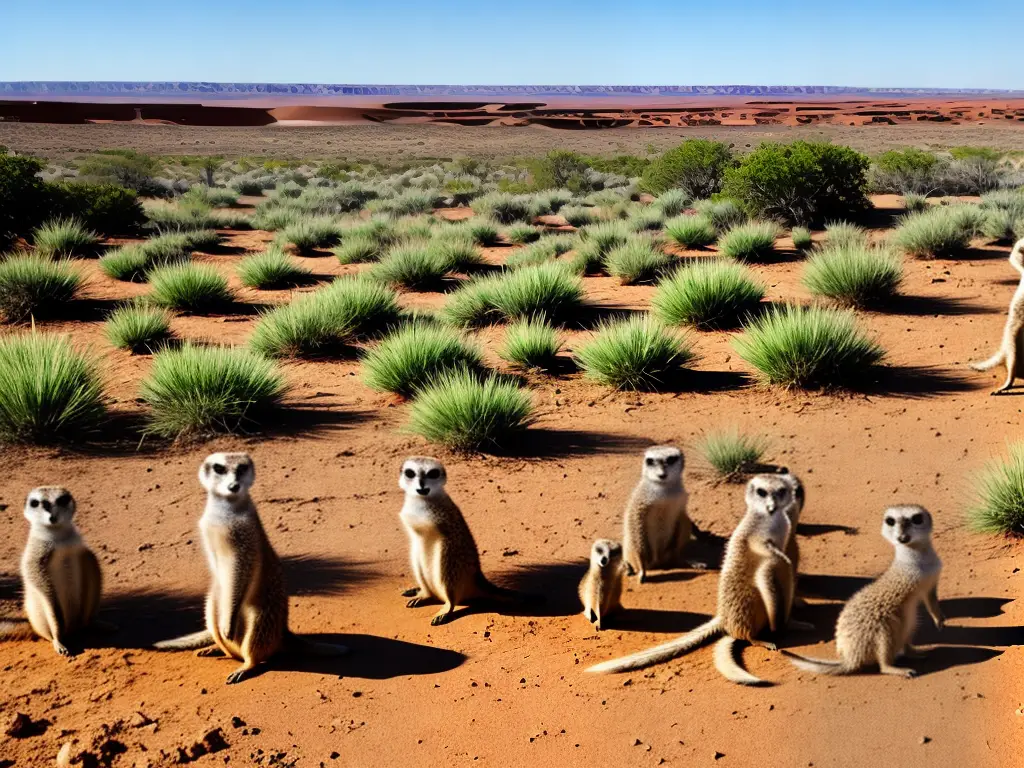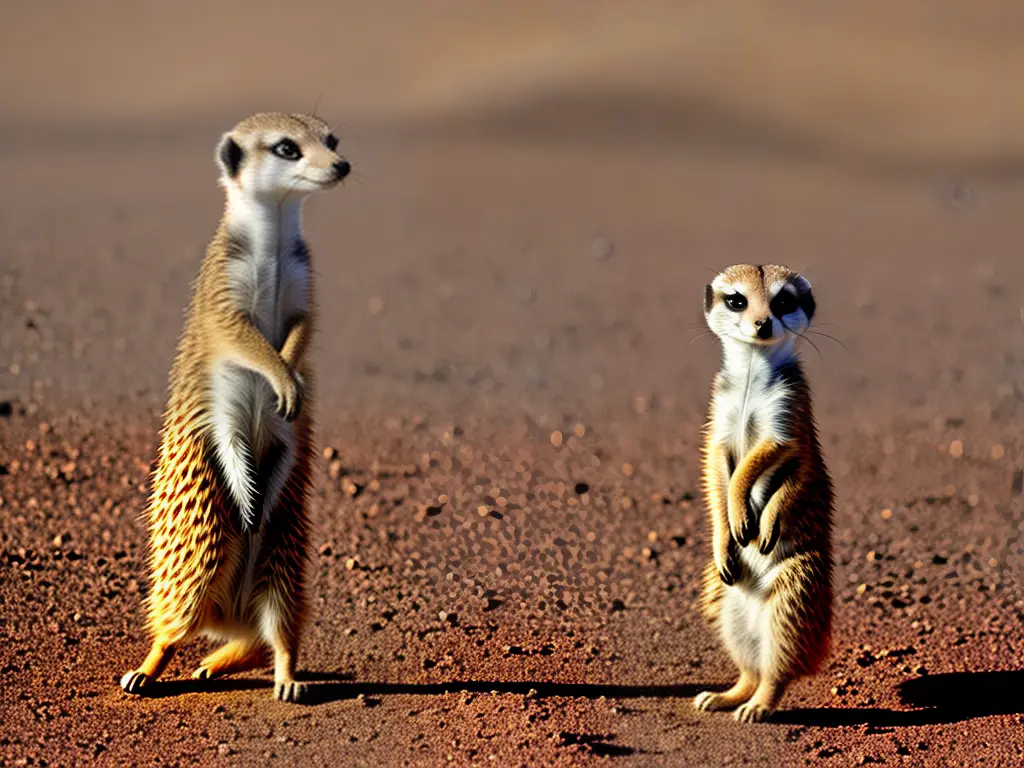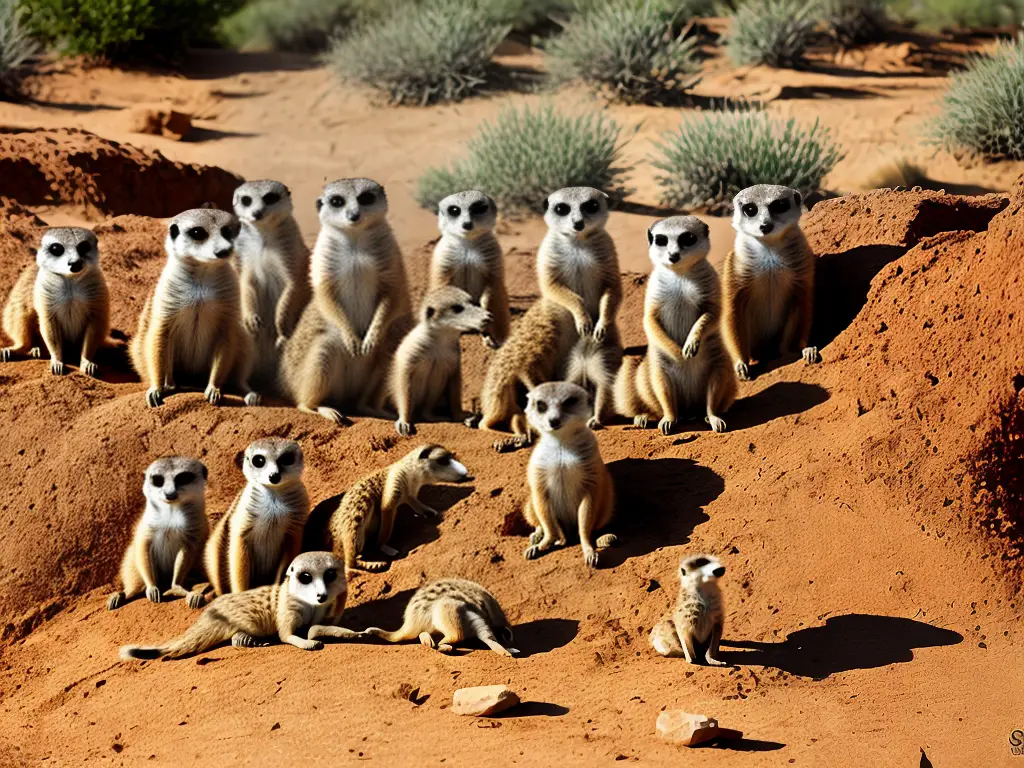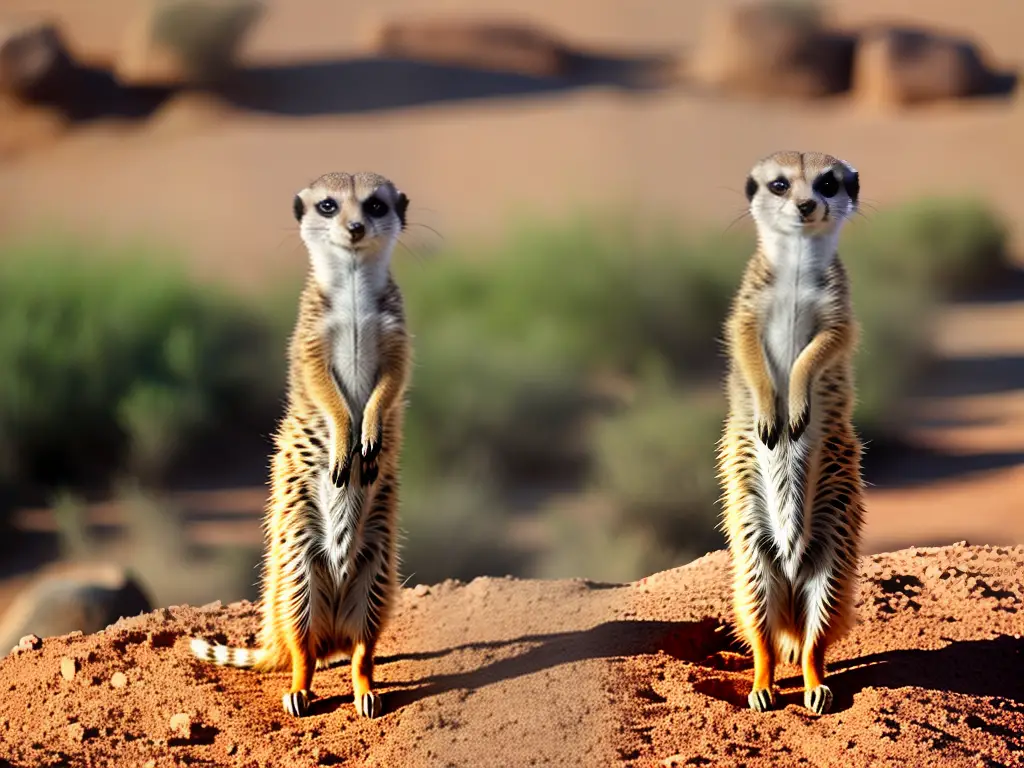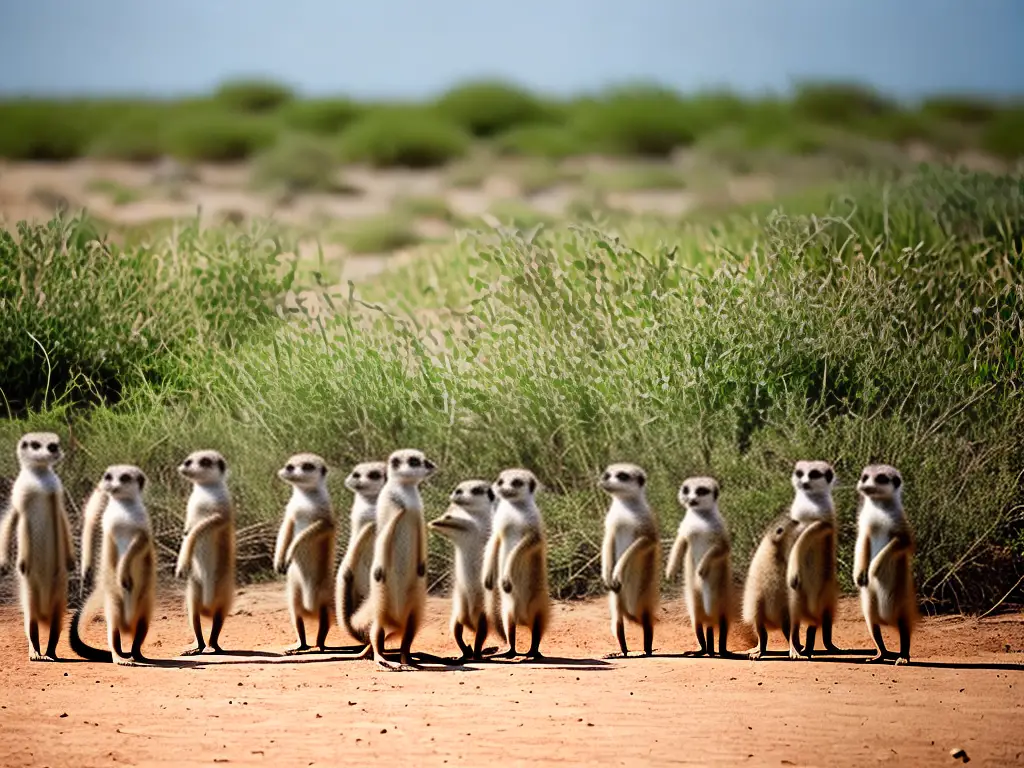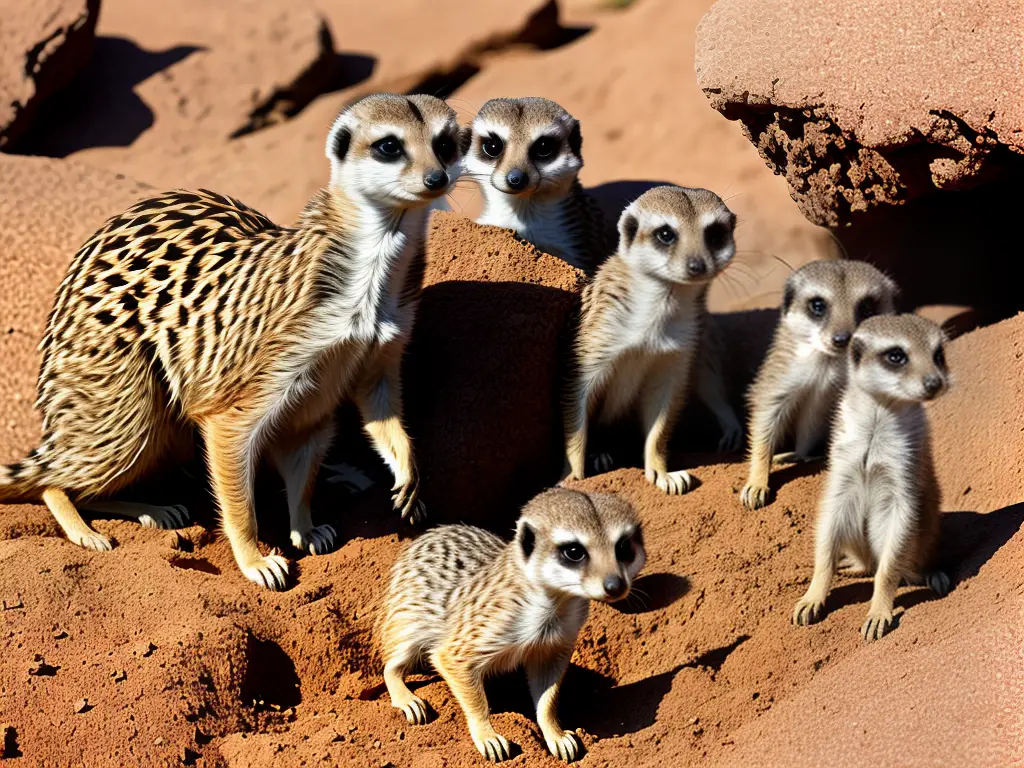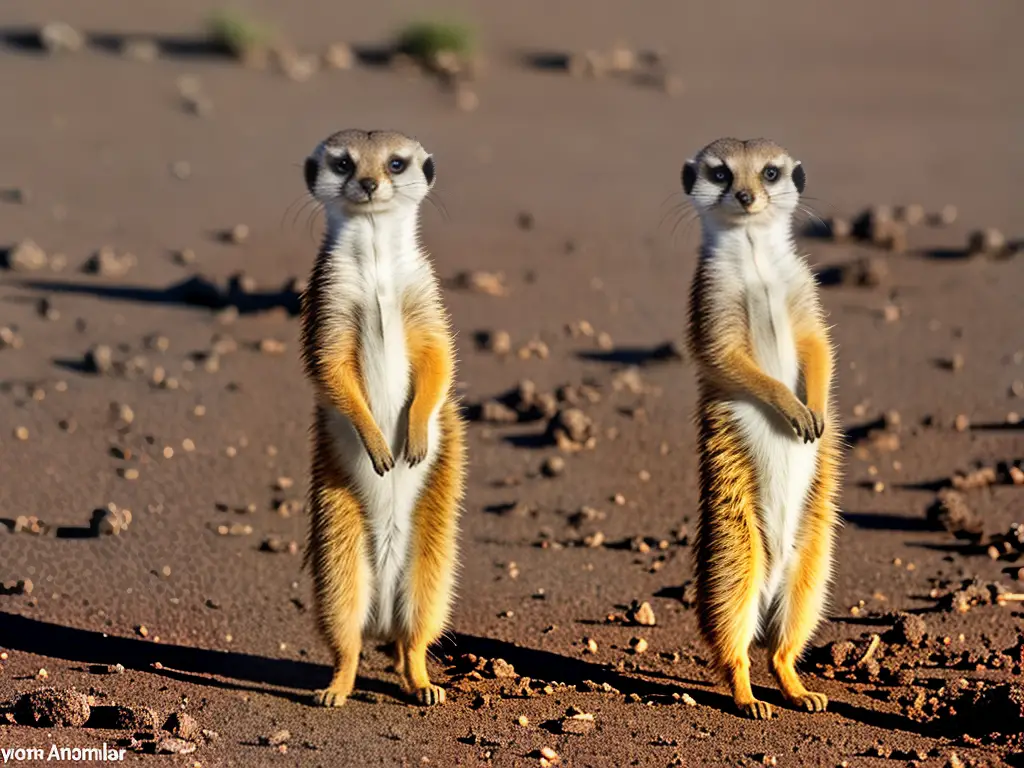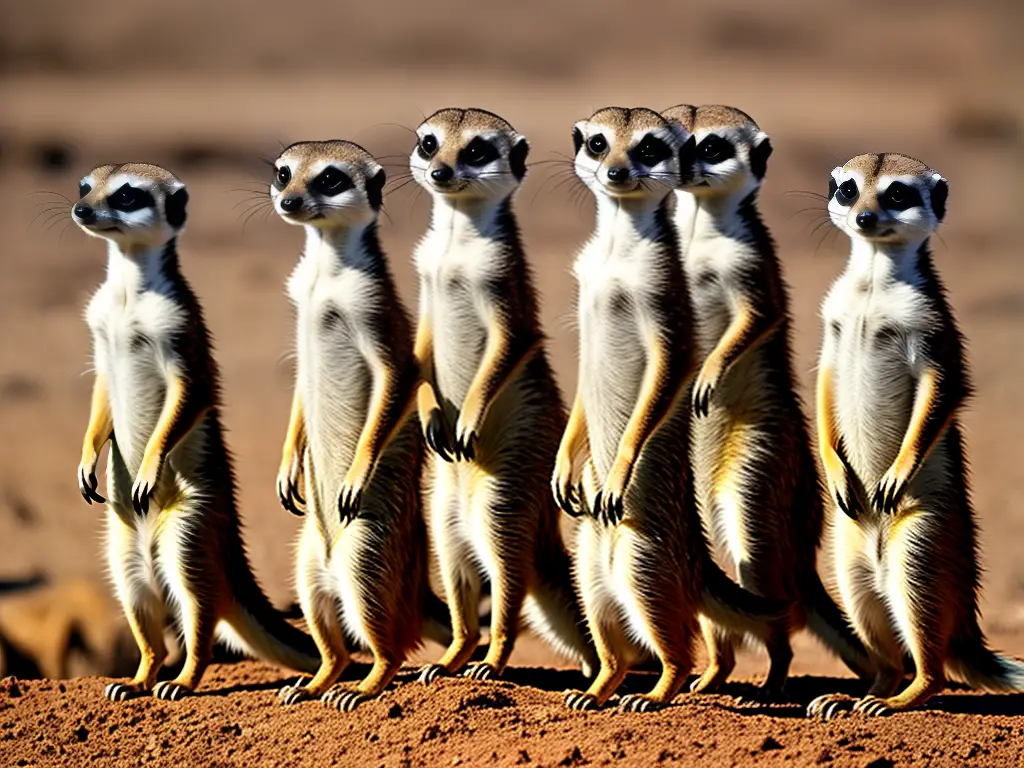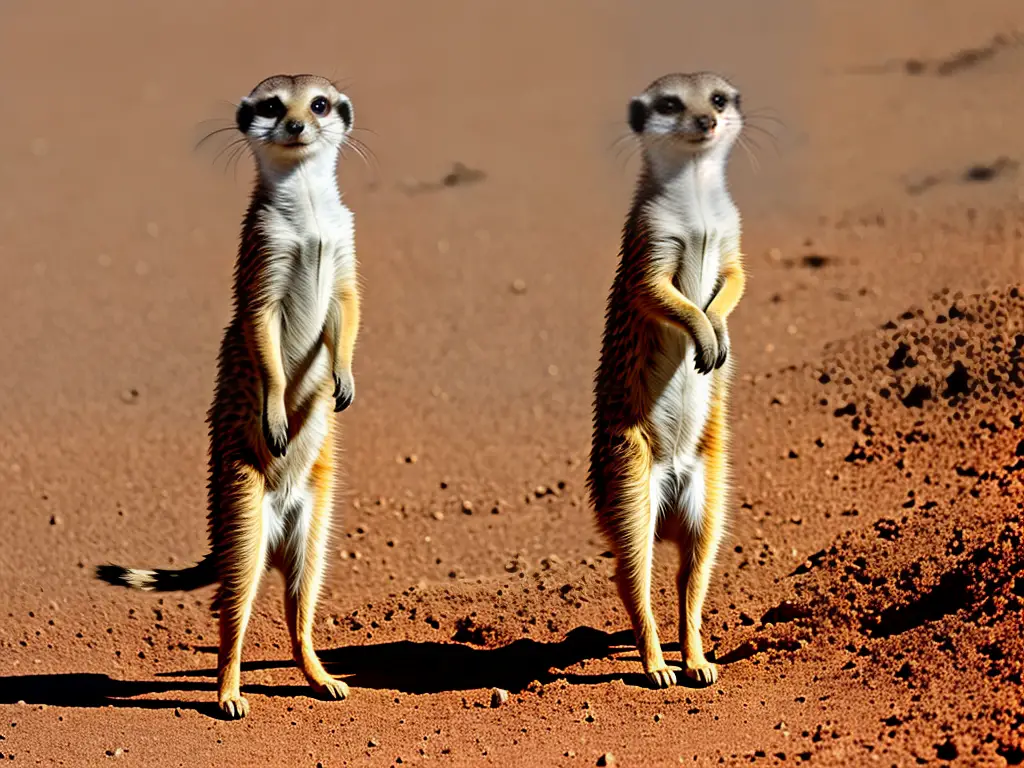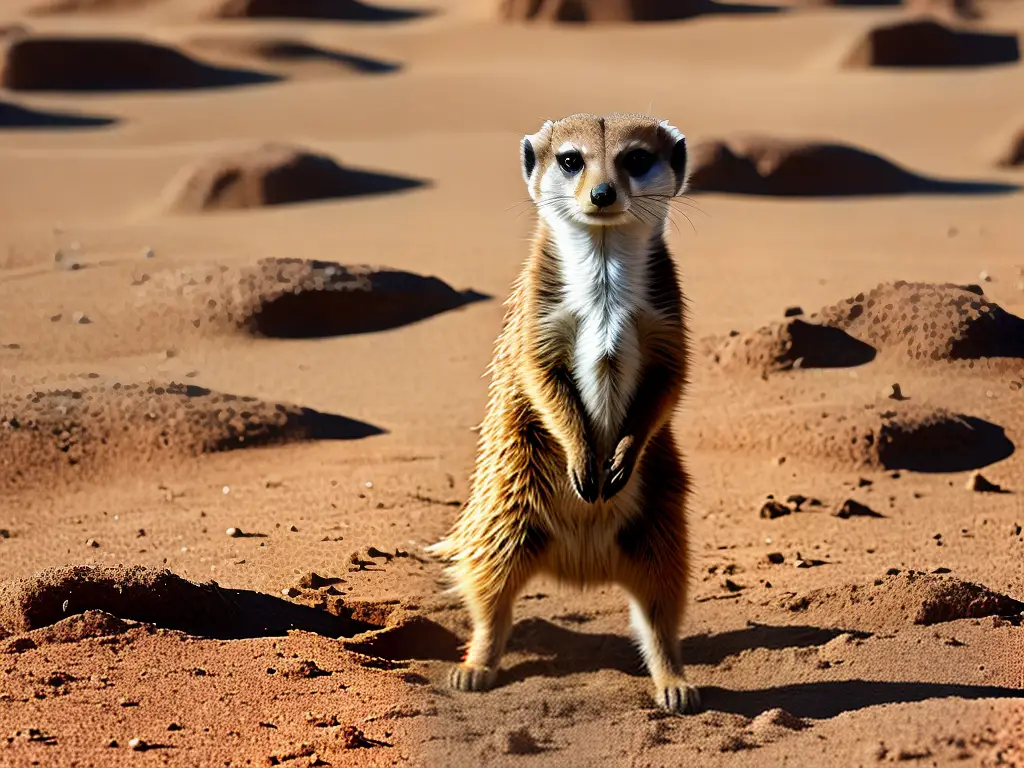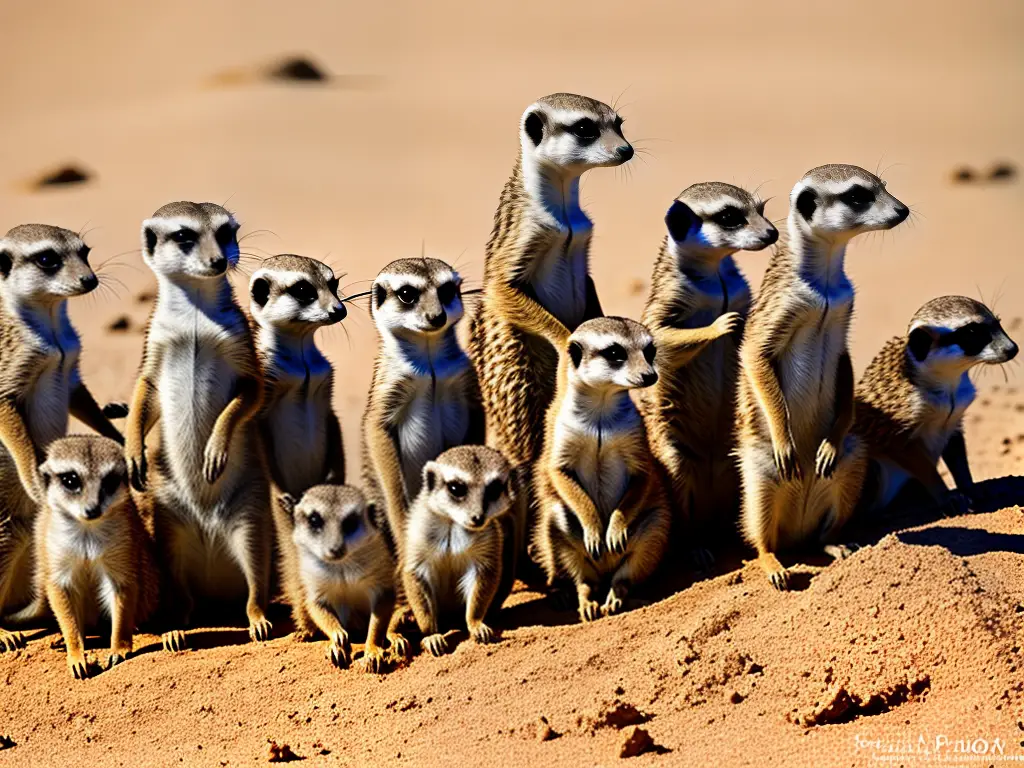A fresh pair of sneakers can elevate your style and boost your confidence. However, it’s only a matter of time before your favorite pair starts showing signs of wear, dirt, and odors. Knowing how to clean and maintain your sneakers is essential to keep them looking and feeling their best. This essay will provide you with comprehensive information on various sneaker types, cleaning techniques and products, as well as expert tips to ensure your sneakers stay in top condition for years to come.Sneakers come in a variety of materials, each with its own unique cleaning requirements. Knowing the different sneaker materials is essential to keep your kicks looking fresh and clean. Let’s explore the most common materials used in sneaker construction, which are leather, suede, synthetic fabrics, and rubber.Leather sneakers are a popular choice for their durability and classic style. To clean leather shoes, use a damp cloth to wipe away dirt and grime, and then apply a leather cleaner or conditioner to keep the material soft and protected. Be sure to let the shoes air dry after cleaning and avoid exposing them to direct sunlight, as this can cause the leather to crack or fade.Suede is a delicate material that requires special care when cleaning. To maintain suede sneakers, brush them gently with a suede brush to remove dirt and restore the nap of the fabric. For stubborn stains, use a suede eraser or a small amount of white vinegar to gently rub away the marks. Allow the shoes to air dry and avoid exposure to water or moisture, as this will cause the suede to lose its smooth texture.Synthetic fabrics and rubber are common materials in athletic sneakers, which are typically easier to clean than leather or suede. To clean these types of sneakers, you can use a combination of mild soap and warm water, gently scrubbing away dirt and stains with a soft brush or cloth. After rinsing with clean water, always allow the shoes to air dry completely before wearing them again.

Properly cleaning your sneakers is essential for maintaining their appearance and extending their lifespan. The appropriate cleaning technique depends on the type of sneakers, the materials they consist of, and the type of dirt or stains on them. It’s crucial to use the right method to avoid causing damage. This guide will cover various techniques, including hand-washing, machine-washing, spot cleaning, and the use of specialized sneaker cleaning kits, to keep your kicks looking fresh and in excellent condition.Hand-washing is ideal for sneakers made of delicate materials like leather or suede or those with intricate designs that could be damaged in a machine. To hand-wash your sneakers, gently scrub them using a soft brush or cloth, mild soap, and warm water. Be sure to remove the insoles and laces before washing, as they need to be cleaned separately. Rinse off the soap with water and then let the sneakers air-dry in a well-ventilated area.Machine-washing is convenient for sneakers made of durable materials like canvas, nylon, or synthetic materials. Always check the care label on your sneakers before machine washing, as some might not be suitable for this method. To machine-wash your sneakers, remove the laces and insoles, and then place the shoes in a mesh laundry bag or pillowcase to protect them. Wash with a gentle cycle and mild detergent, and then air-dry in a well-ventilated area.Spot cleaning is a useful technique for quickly removing minor stains or dirt spots on your sneakers without requiring a full washing. To do this, simply dampen a cloth or soft brush with water and mild detergent, and gently rub the stained area until the dirt is removed. For persistent stains, you may want to consider using specialized sneaker cleaning kits that contain specific cleaning solutions and tools designed for various materials and stain types. By following the instructions on the cleaning kit, you can effectively clean and restore your sneakers.
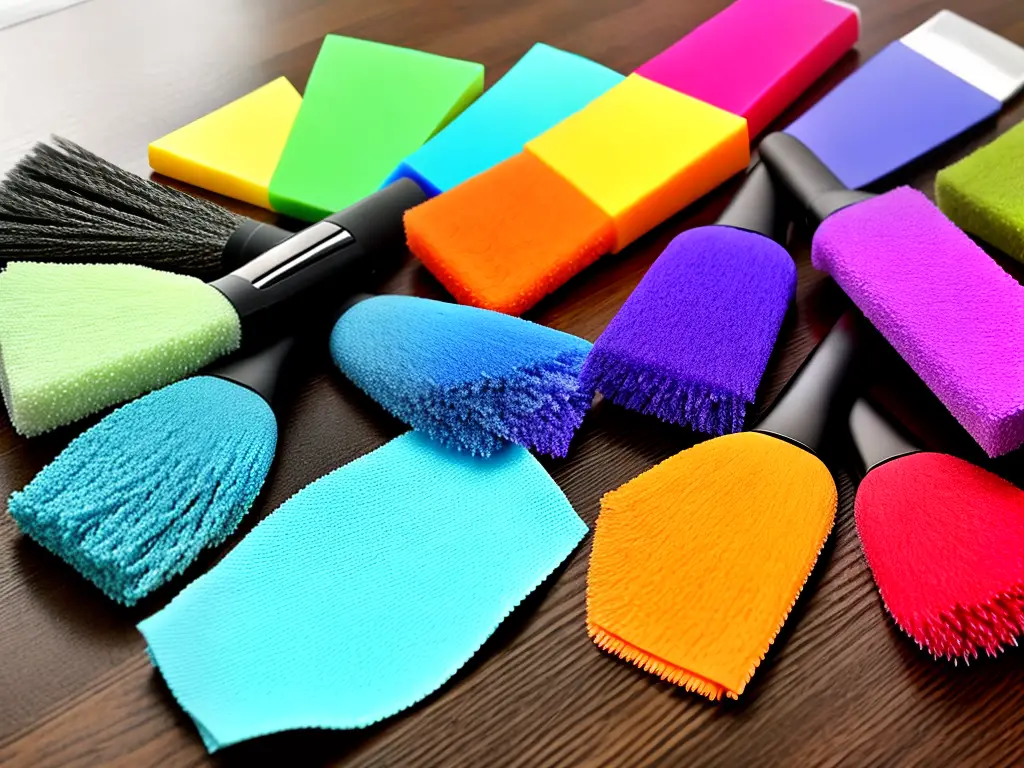
In order to maintain their freshness and extend their lifespan, it is essential to clean your sneakers regularly. Before starting, make sure to research the appropriate cleaning products for the specific materials your sneakers are made of, as using wrong products can potentially damage or discolor your shoes. By properly applying cleaners specifically designed for those materials, you will protect and preserve the quality of your sneakers, ensuring that they look great and last longer.For instance, suede sneakers require a specialized suede cleaner, which is designed to be gentle on the delicate material while still removing dirt and stains. Leather sneakers, on the other hand, need a leather cleaner and conditioner to maintain their supple and polished appearance. Leather conditioner helps to moisturize the leather and prevent cracking, while a leather cleaner removes dirt and grime without damaging the surface.Stain removers are also crucial when dealing with stubborn stains on fabric sneakers. There are various types of stain removers available, ranging from those designed for spot treatment to those meant for full shoe cleaning. Look for sneaker-specific or multi-purpose stain removers that are safe to use on your shoes’ material. Always test the stain remover on an inconspicuous area of your sneakers first, to make sure it won’t damage or discolor the material.To ensure your sneakers look great and last as long as possible, it’s important to identify the appropriate cleaning products for their materials and construction. Always follow the manufacturer’s instructions for use, and keep in mind that some sneakers may require additional steps or even professional cleaning depending on their design.

Along with cleaning, proper care and maintenance are essential for keeping your sneakers looking fresh. If your shoes get wet or damp, remove the insoles and allow them to air dry separately from the shoe, avoiding heat to prevent damage or loss of shape. When storing your sneakers, choose a cool, dry place away from excessive heat, light, and humidity to prevent discoloration and fabric breakdown. With the right cleaning products and proper storage, you can keep your sneakers in top condition.Protecting your sneakers from the elements is an essential step in maintaining their appearance. Start by applying a waterproofing spray or sneaker protectant specifically designed for the type of material your shoes are made from, such as leather or fabric. This will help prevent water, dirt, and stains from ruining the shoe’s appearance. Make it a habit to clean any spills or marks on your sneakers as soon as possible, as leaving them unattended can lead to permanent damage.When it comes to maintaining the overall appearance of your sneakers, regular cleaning is key. For white sneakers, use a combination of mild soap, warm water, and a soft brush or cloth to gently clean the surface. This will effectively remove dirt, stains, and scuffs without harming the material. If necessary, apply a white sneaker cleaner for stubborn marks or discoloration.One effective tip to keep your white sneakers crisp and clean is by addressing small scuffs or stubborn stains with a gentle laundry bleach pen or white toothpaste. Following these steps will not only keep your sneakers looking their best but also ensure their longevity.

In addition to using laundry bleach pen or toothpaste, you can also turn to your pantry for some fantastic do-it-yourself cleaning solutions. For instance, baking soda is excellent for restoring your shoes’ original shine. To use baking soda, create a paste by mixing equal parts with water. Apply the paste to the dirty areas of your sneakers using an old toothbrush, gently scrubbing the stains. Let the paste sit for a few minutes, then rinse with warm water and let your shoes air dry. By combining these methods, you’ll have fresh-looking sneakers in no time.Laundry detergent is another versatile cleaning agent that can work wonders for cleaning sneakers. Mix a small amount of detergent with water in a bowl to create a soapy solution. Dip a toothbrush or a sponge into the solution, and gently scrub the surface of your shoes. Be sure to pay special attention to any stubborn scuff marks or stains. Rinse your shoes with clean water and let them air dry for a sparkling finish.Toothpaste, specifically the non-gel type, can be an excellent cleaning agent for your shoes. Apply a small amount of toothpaste to a toothbrush or a soft cloth, and gently scrub the surface of your shoes. Pay extra attention to the areas with stains or scuff marks. After scrubbing, use a damp cloth to wipe away the toothpaste and then let your shoes air dry. This method is great for removing pesky scuffs on the rubber soles of your sneakers.When working with DIY cleaning solutions for your sneakers, it is essential to first test them on a small, inconspicuous area of your shoes. This way, you can ensure that your chosen method will not damage your sneakers’ fabric or color. With patience and a little elbow grease, your sneakers will be looking brand new in no time!
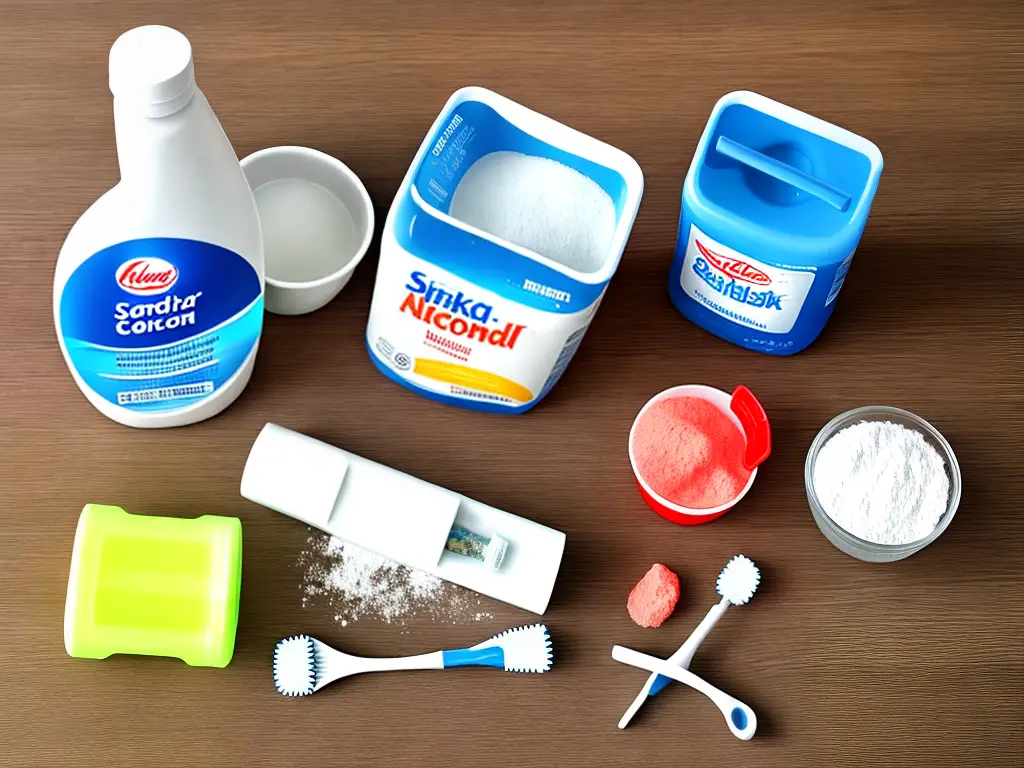
In particular, knit sneakers made from materials like Primeknit, Flyknit, and other lightweight, breathable fabrics require special care. Due to the delicate structure of these materials, it is crucial to follow specific cleaning steps to maintain their fresh appearance and prevent any damage.To start, always dry brush the sneakers with a soft bristle brush or a toothbrush before cleaning. This will help remove any loose dirt or dust that may have settled on the surface. Never use harsh chemicals or bleach on knit materials, as these can break down the fibers and cause discoloration. Instead, opt for a mild soap or gentle sneaker cleaner that is specifically designed for knit materials.For the actual cleaning, fill a bowl with lukewarm water and mix in a small amount of the mild soap or sneaker cleaner. Dampen a soft cloth or sponge in the soapy water and gently massage it into the knit material, focusing on any stained or dirty areas. Be sure not to soak the sneakers or scrub too hard, as this can damage the knit fibers. Once you’ve cleaned the sneakers, pat them dry with a clean, dry cloth or towel and allow them to air-dry naturally, away from direct sunlight and heat sources.For extra care and to protect the lifespan of your sneakers, it is crucial to choose specialized products, such as gentle sneaker protectors and fabric fresheners. These can help prevent stains and keep your footwear smelling fresh. Always read the labels and test these products on an inconspicuous area first to ensure they won’t cause any damage. By following these simple steps, you will maintain your sneakers’ appearance and durability for as long as possible.

Being a popular choice for many, sneakers often face stains and scuffs due to constant use. However, using expert techniques and proper care can effectively remove these blemishes and keep your shoes looking fresh. The initial step of cleaning your sneakers is identifying the material they’re made of, as different materials demand specific cleaning procedures. Some common sneaker materials include canvas, leather, suede, and mesh, and knowing which one your sneakers are made of will help ensure they remain in great shape.For canvas and mesh sneakers, a mild detergent mixed with warm water can help remove stains. Using a soft-bristle toothbrush, gently scrub the affected areas in a circular motion, taking care not to damage the fabric. Rinse with warm water and allow the sneakers to air dry. For leather sneakers, use a damp cloth to wipe away any dirt and then apply a leather cleaner with a soft cloth or sponge, working in circular motions. Finish by buffing the shoes with a dry cloth.Suede sneakers require a more delicate touch. First, use a dry, soft-bristle brush or a suede eraser to remove any loose dirt or debris. Next, gently rub the stained area with a suede-specific cleaner or a mixture of equal parts white vinegar and water, using a clean cloth. Finally, allow the sneakers to dry and brush the suede fibers gently with a soft-bristle brush to restore their natural appearance.To keep your sneakers looking great and free of stains and scuffs, it is essential to regularly clean and maintain them using the appropriate techniques and products for their specific material. This not only prevents further damage but also prolongs the life of your sneakers. Additionally, it is crucial to let your sneakers air dry and avoid exposing them to high heat sources, which can cause unwanted damage.

An important aspect of maintaining clean sneakers is deodorizing them to prevent unpleasant odors. A highly effective method for neutralizing these odors is by using deodorizing sprays containing active ingredients such as baking soda or activated charcoal. These ingredients eliminate bad smells by absorbing moisture and odor-causing bacteria. To use a deodorizing spray, simply spray it directly into your sneakers and let them air dry for a few hours, further contributing to their cleanliness and overall longevity.Another effective method for deodorizing sneakers is the use of shoe inserts. These inserts can be made from various materials such as activated charcoal or cedar, which are known for their natural deodorizing properties. Shoe inserts not only help to neutralize odors, but they also help to wick away moisture and provide additional comfort to the wearer. To use shoe inserts, simply place them inside your sneakers and leave them in for the desired amount of time. Some inserts are disposable and should be replaced regularly, while others can be washed and reused.Natural remedies can also be an effective way to deodorize sneakers. Common household items like baking soda, white vinegar, and lemon juice can be used to eliminate odors in shoes. To use baking soda, simply sprinkle a small amount of baking soda into the shoes and let it sit overnight. The baking soda will absorb moisture and neutralize odors, leaving your shoes smelling fresh. White vinegar and lemon juice can be used by wiping down the interior of the sneakers to help eliminate odor-causing bacteria and leave a pleasant scent.To maintain good shoe hygiene and prevent unpleasant odors in your sneakers, it is crucial to air them out and let them dry after each use, specifically following any exercise activities. Ensuring proper foot hygiene, like wearing clean socks and regularly washing your feet, helps keep potential odor-causing bacteria at bay. Moreover, regularly cleaning your shoes according to their care instructions can effectively remove dirt, sweat, and bacteria, enhancing their overall longevity.

Sneakers’ comfort and versatility make them popular footwear choices for people of all ages. Over time, their components inevitably wear out and require replacement. Learning how to replace and repair worn-out sneaker parts, such as laces, insoles, and sole inserts, is essential for extending your sneakers’ lifespan. Consistent upkeep of both shoes and feet results in a more enjoyable and odor-free footwear experience.Laces are a crucial part of a sneaker and can be easily replaced when worn out or frayed. Start by removing the old laces, clean the eyelets, then choose a new pair of laces that match the size and style of your sneakers. Lace them up in the preferred pattern, making sure they are secure and not too tight.Insoles are vital for providing comfort and support to the foot. Over time, they may lose their cushioning or become damaged. To replace them, remove the old insoles, measure their size, and purchase a new pair that fits your sneakers. Make sure the new insoles are comfortable and slip in easily, ensuring that they lie flat and do not curl up at the edges.Sole inserts can provide additional support and cushioning for your feet, especially if you’re an athlete whose sneakers go through a lot of wear and tear. If your sneakers’ soles are becoming thin and uncomfortable, consider investing in new sole inserts. Measure the existing inserts or the insole of your sneakers to find the correct size. After purchasing, insert them beneath the insole or replace the insole entirely with the new insert, ensuring they align properly and do not shift while walking.

Another unique aspect of sneaker care for athletes involves dealing with cleats and spikes. These specialized shoes require extra attention when cleaning, as dirt and debris can easily become lodged between the spikes. Use a soft brush or an old toothbrush to gently remove any dirt, and then wipe the shoes down with a damp cloth or wet wipe to ensure they’re clean and fresh. Taking proper care of your sneakers will help maximize their lifespan and maintain a healthy environment for your feet.Another important consideration for athletes is managing moisture, as excessive sweating can lead to bacterial growth and unpleasant odors. To properly care for your sports shoes, you should allow them to air-dry after each use. When possible, avoid placing them in direct sunlight, as this can cause damage to the materials. Remove insoles and laces to speed up the drying process and help prevent odors. If you’re dealing with a particularly damp pair of sneakers, you can stuff them with newspaper or use a shoe dryer to absorb moisture and speed up the drying process.Proper hygiene is crucial for athletes when it comes to sneaker care. Regularly cleaning the inside of your shoes can help prevent the growth of bacteria and reduce the risk of fungal infections, such as athlete’s foot. Use a gentle soap or a specialized sneaker cleaning solution to wipe down the inside of your shoes regularly, focusing on the insole and toe-box areas. Be sure to allow your shoes to dry completely before wearing them again.Lastly, proper storage can make a big difference in maintaining the cleanliness and overall condition of your sneakers. Store them in a cool, dry, and well-ventilated area. When transporting them to and from games or practice, use a breathable shoe bag to allow for proper air circulation. Following these simple sneaker care tips will help to ensure your athletic shoes stay in peak condition, so you can focus on performing your best on the field, court or track.

By understanding and implementing the information shared in this essay, you can become a pro at cleaning and maintaining your sneakers, regardless of the materials or style. Proper sneaker care not only enhances your appearance by ensuring your footwear is consistently clean and fresh, but it can also extend the life of your shoes, providing long-term value for your investment. Whether you’re an athlete or a fan of the latest sneaker trends, adopting these expert techniques in your regular sneaker care routine will help you protect, preserve, and showcase your favorite pairs with pride.
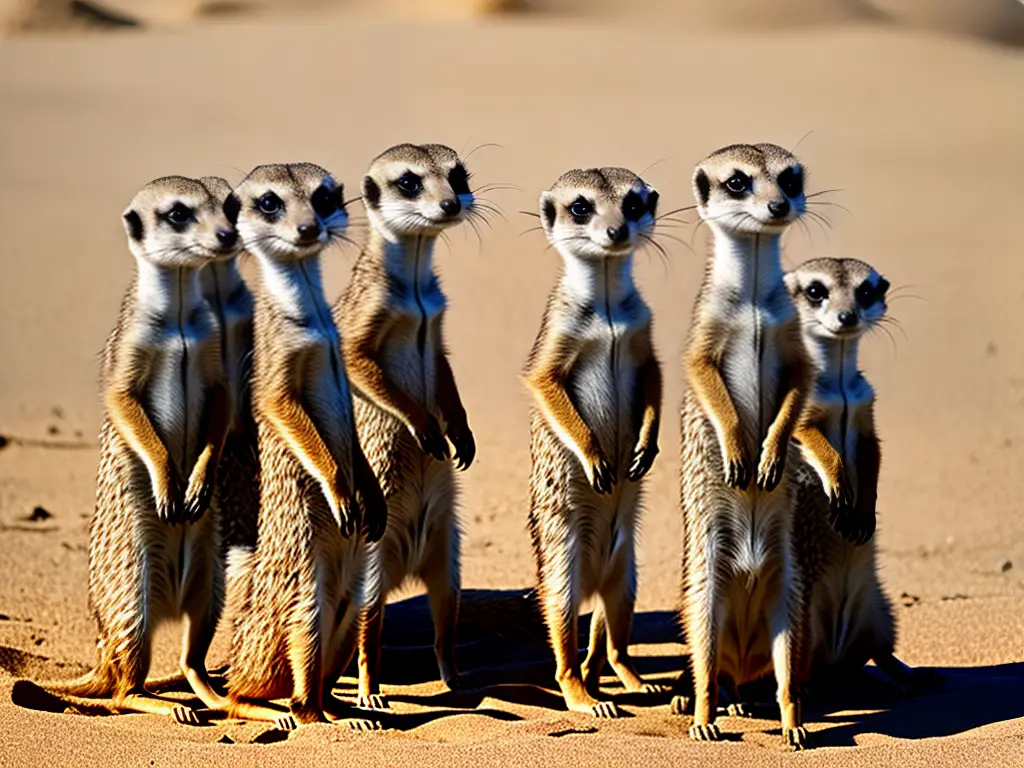

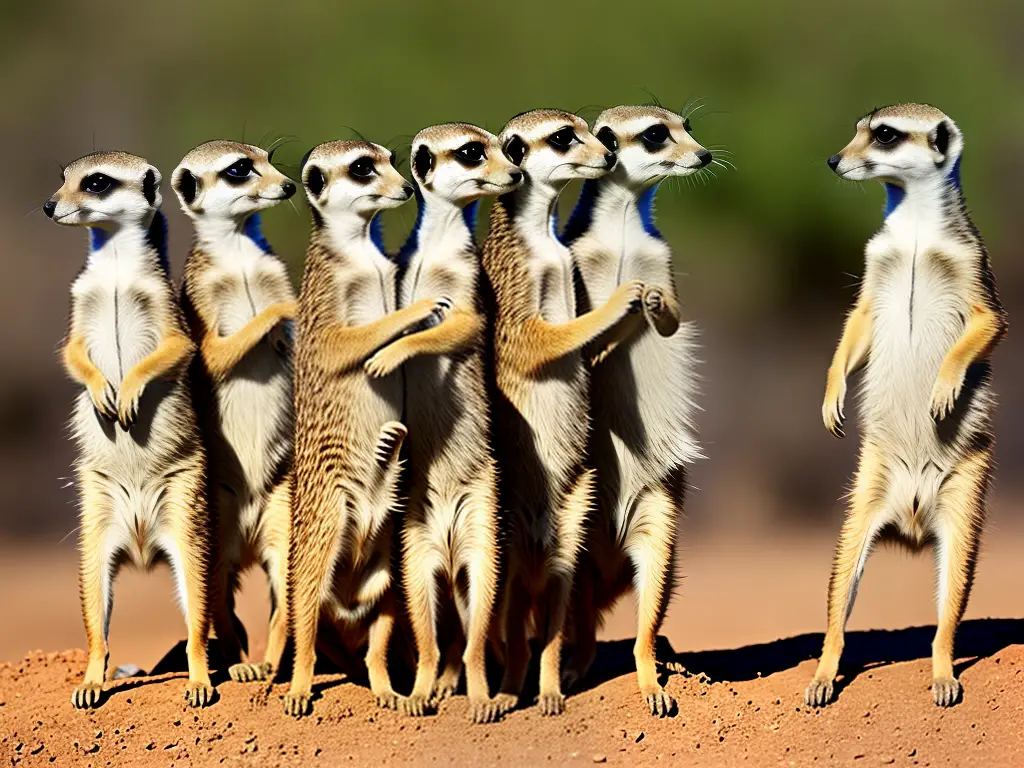
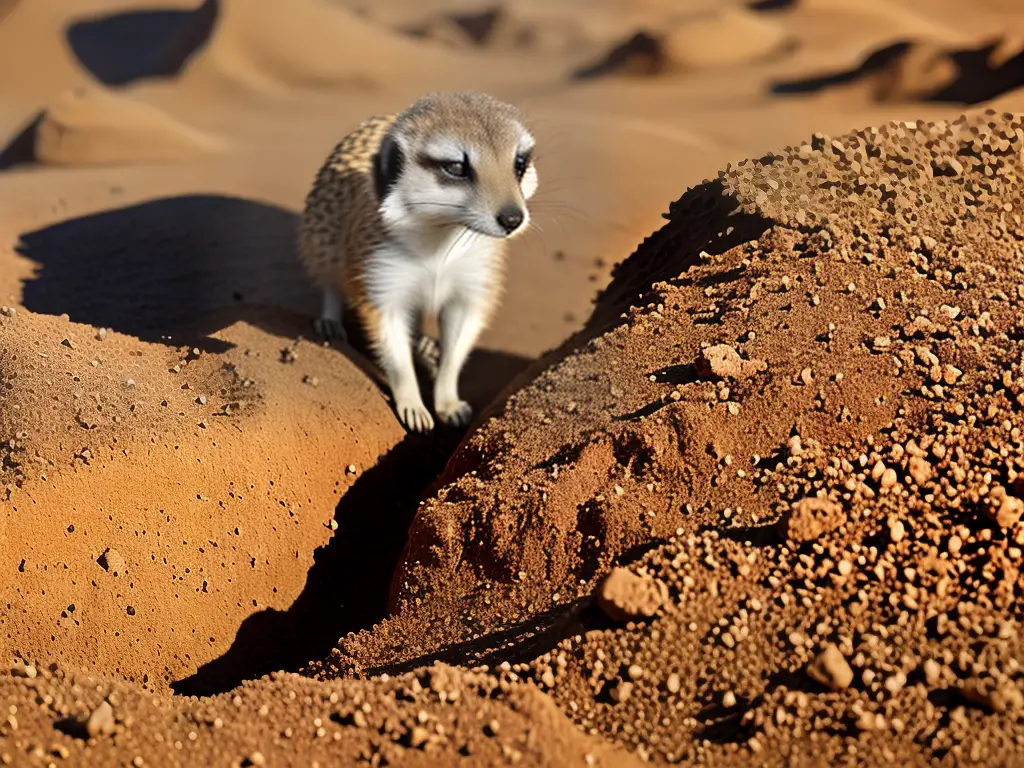
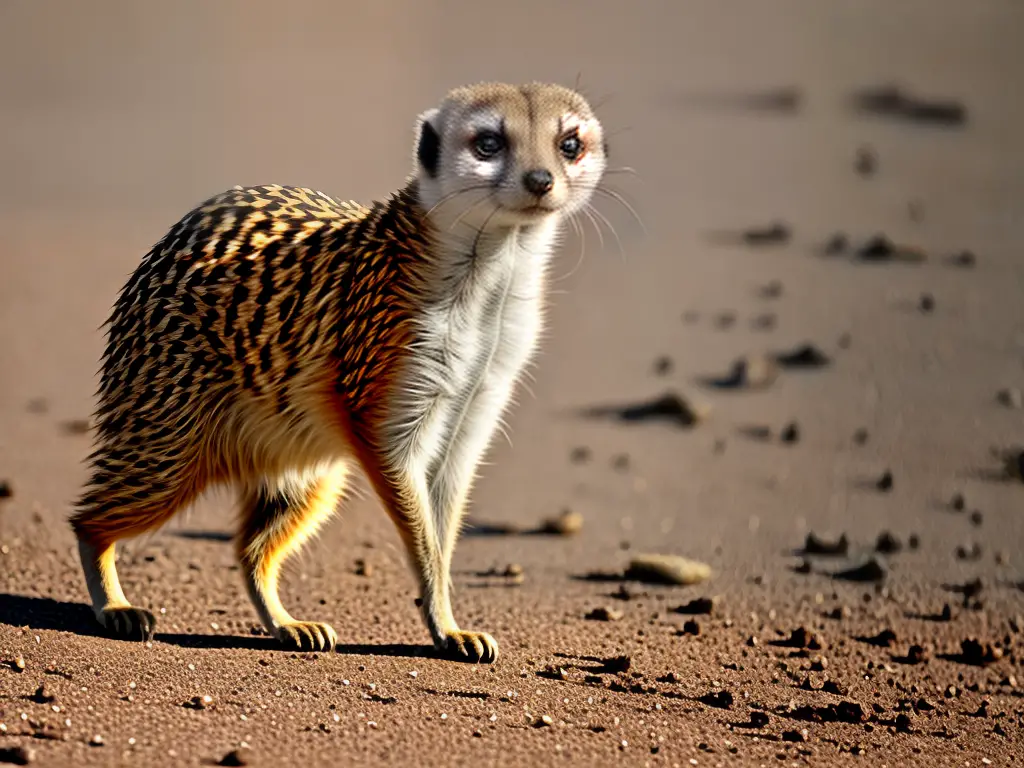
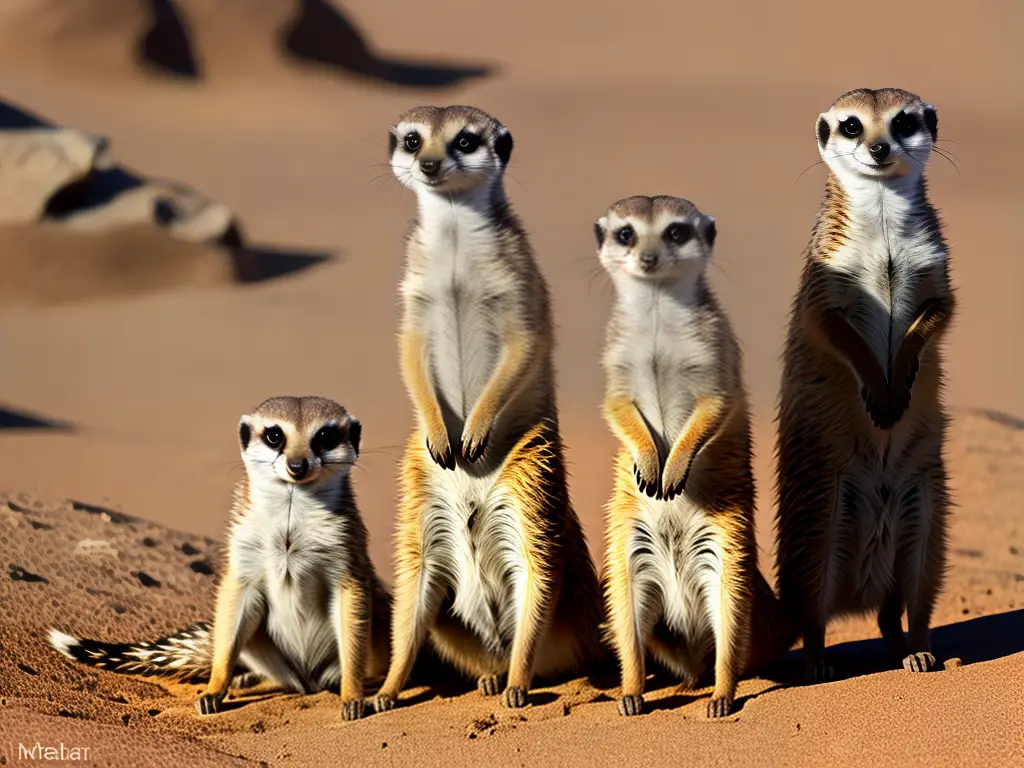
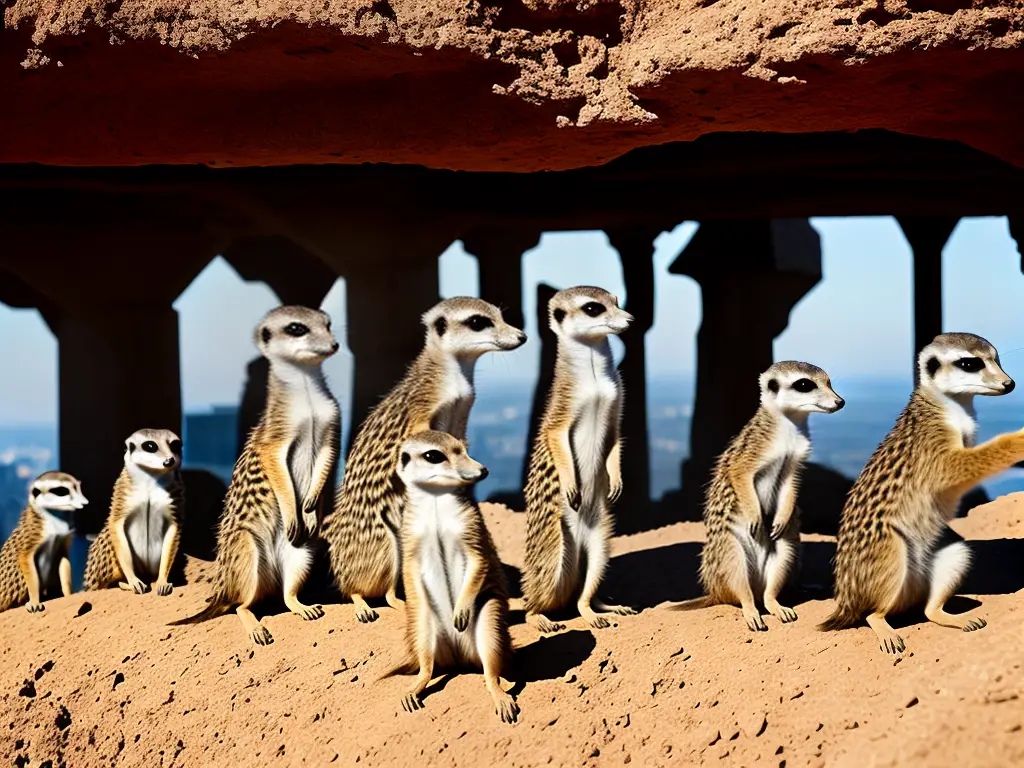
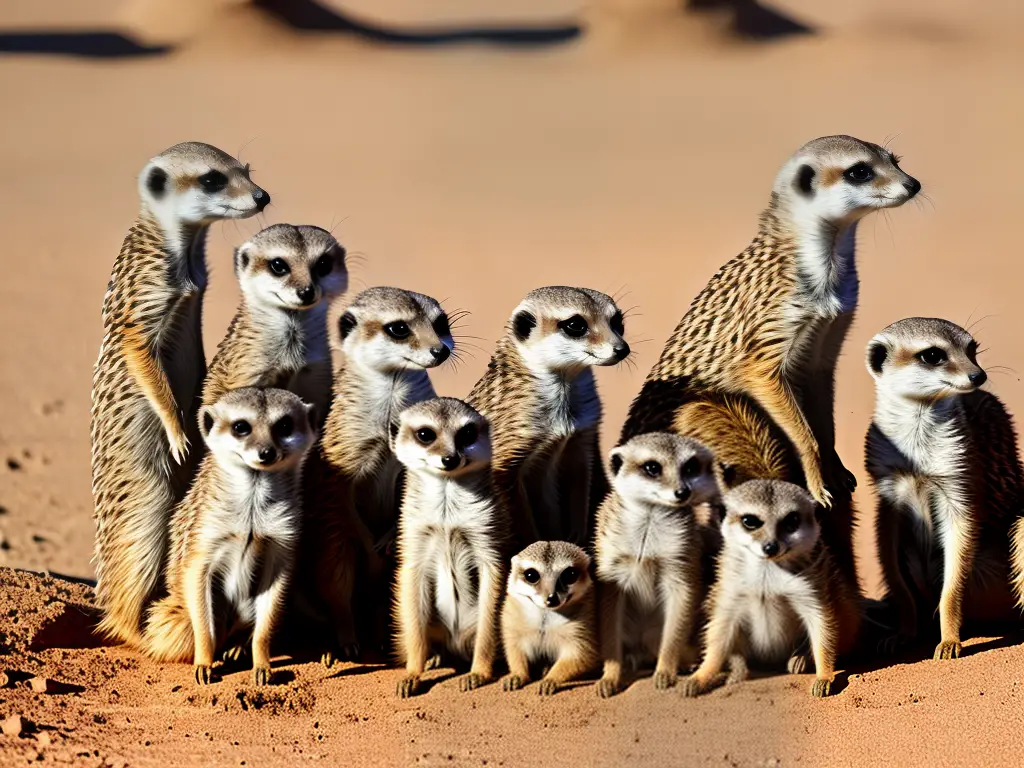
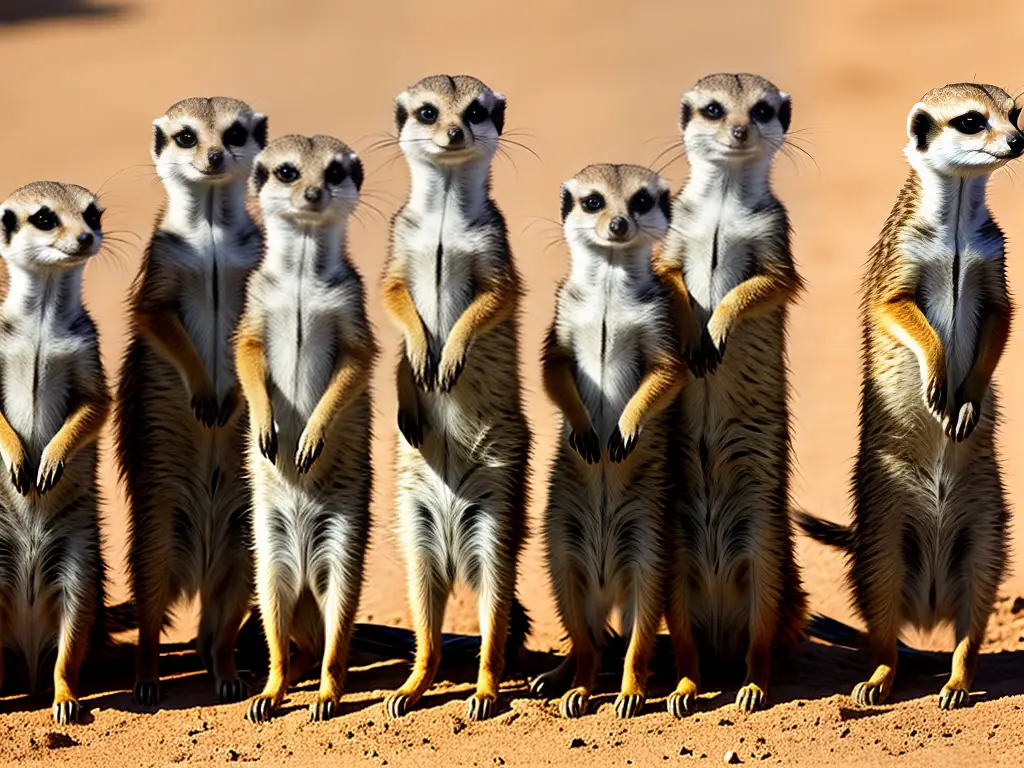
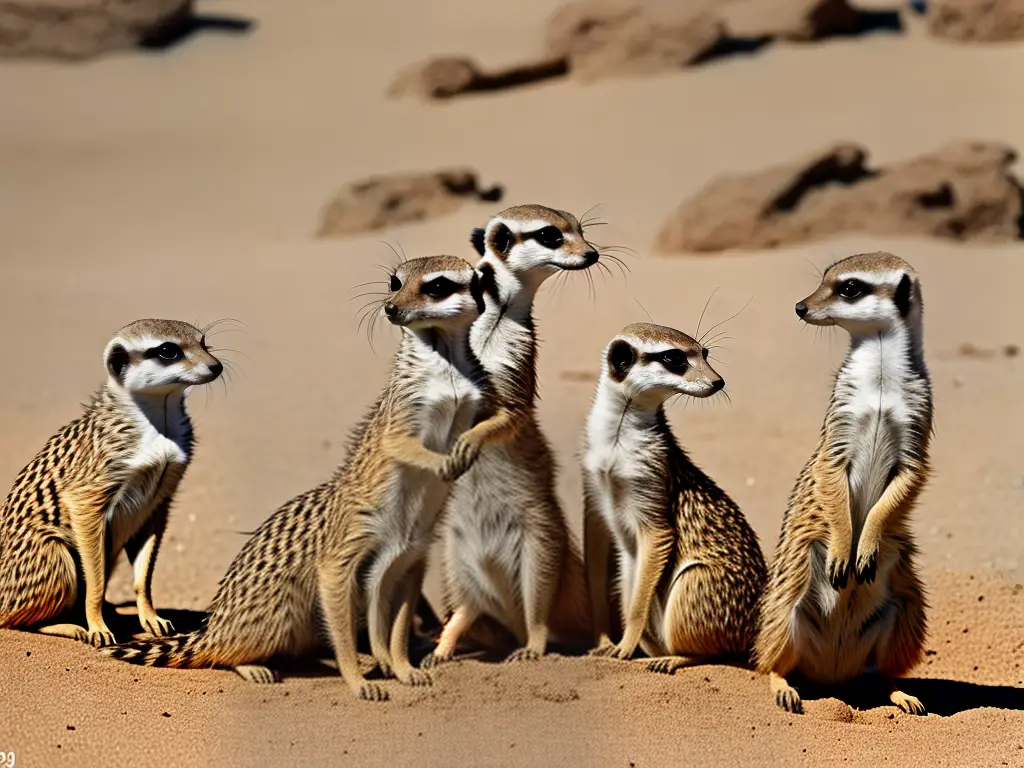
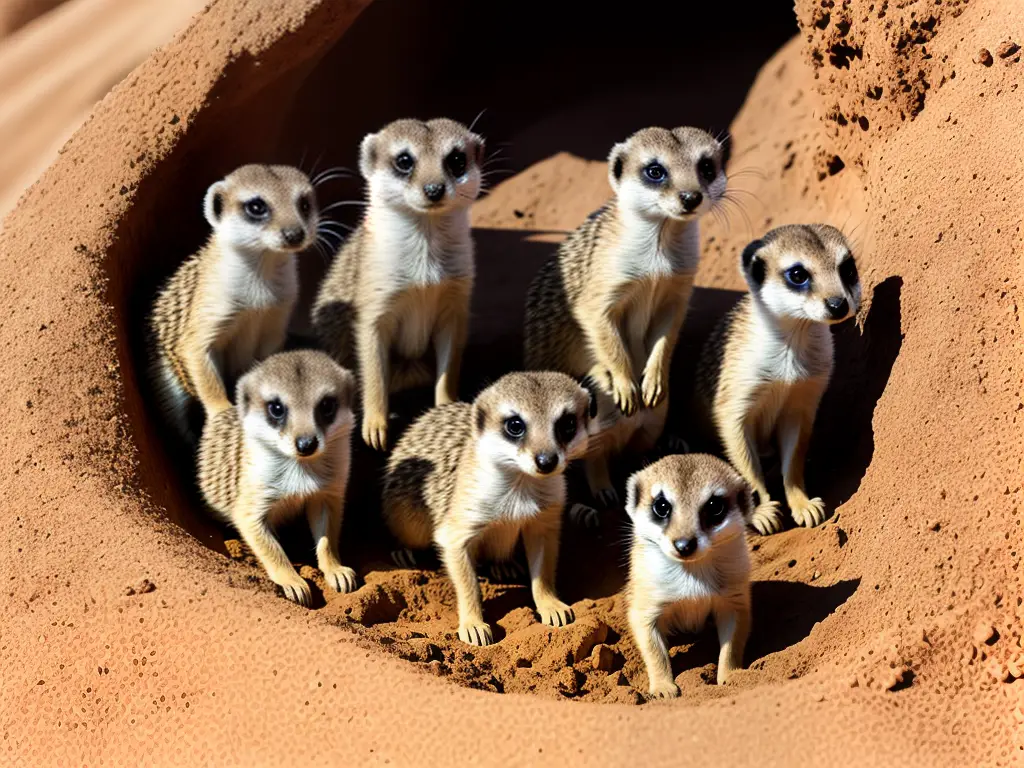
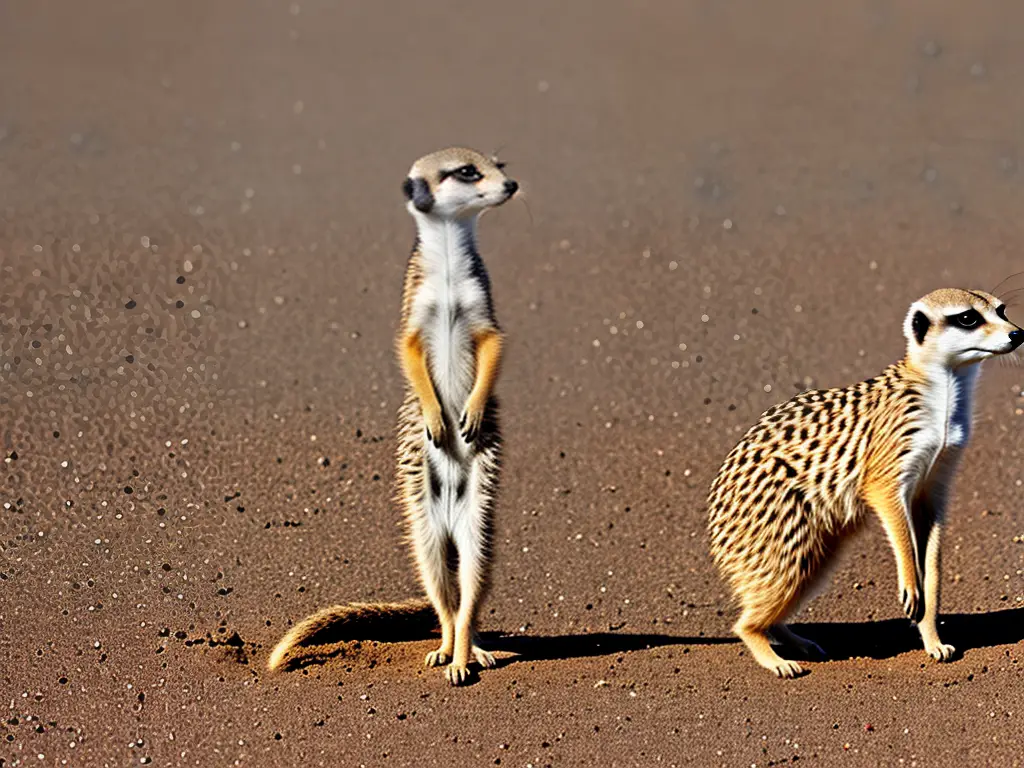
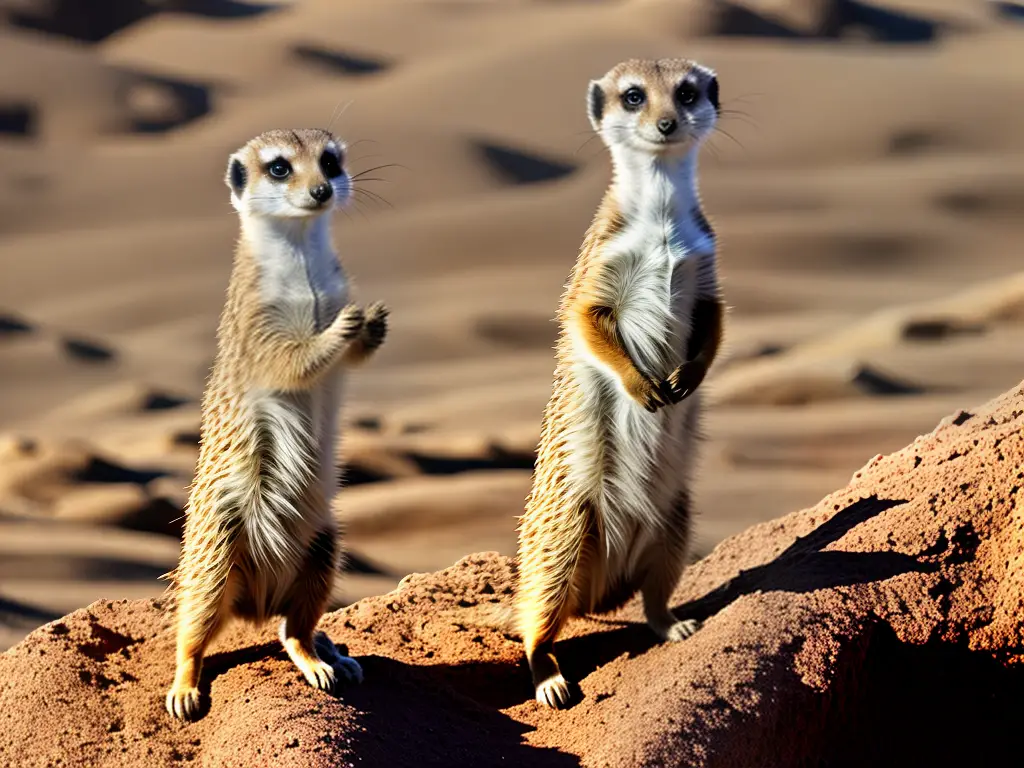
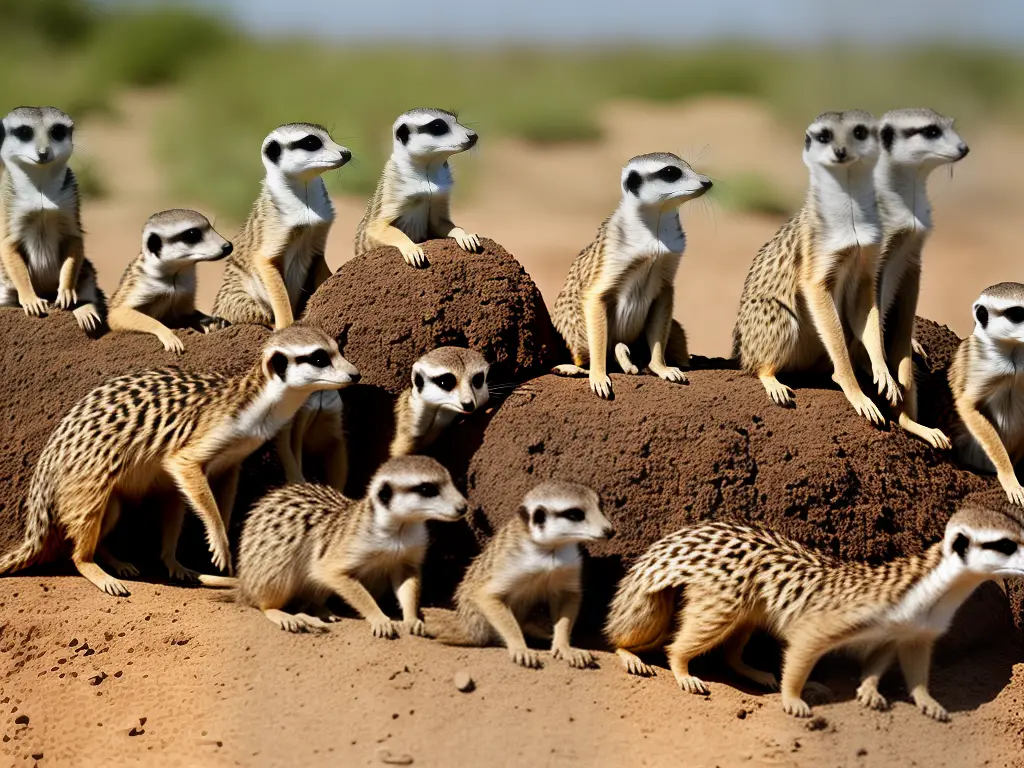

 ” />
” />